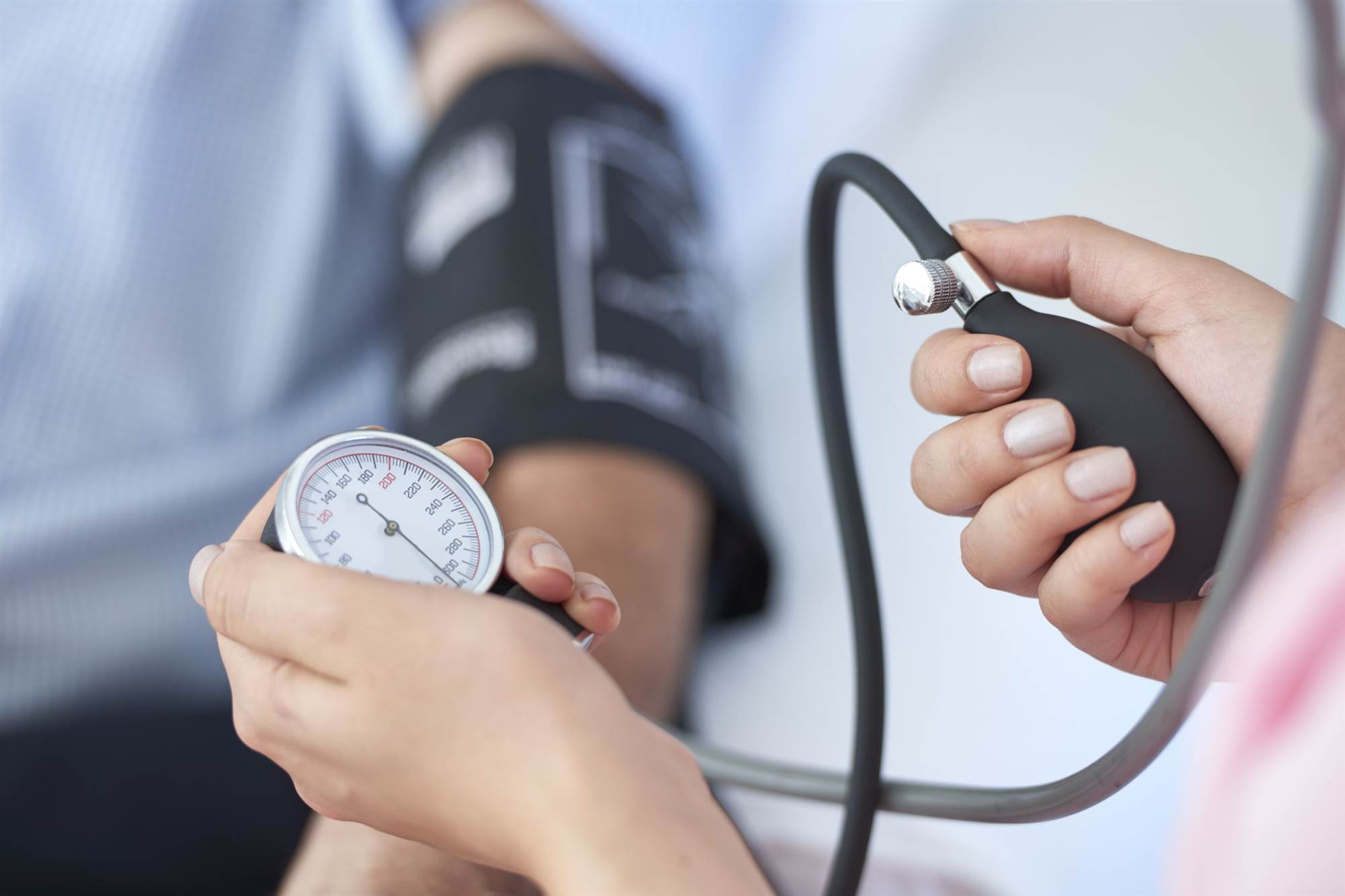When you think of the nutrients you need every single day, your mind probably jumps to vitamin D, iron or even calcium. One crucial mineral you might miss? Magnesium.
“Magnesium is a very important mineral and is involved in more that 600 chemical reactions in the body,” explains dietitian Sonya Angelone. “Magnesium is the fourth most abundant mineral in the human body after calcium, potassium and sodium.”
The problem is, the average person only gets 50 to 66 percent of the magnesium they need daily, says Angelone. Why? Most Australians don’t eat enough magnesium-rich foods—like leafy green vegetables, nuts, seeds and legumes—and load up on processed ones instead, where magnesium has been removed in the refining process, she says.
Still, while most people probably aren’t getting enough, true deficiency is less common. Your kidneys actually limit the amount of magnesium you flush out through your urine, according to the National Institutes of Health. In addition to consistently eating a diet heavy in processed foods, several health conditions (including diabetes and celiac disease), chronic alcoholism and taking certain medications can bump your risk of true deficiency.
“Nutrients work together to promote optimal health, and an inadequate intake of any nutrient, including magnesium, can lead to symptoms depending on the shortfall,” says Angelone. Here are six signs you’re not getting enough magnesium and how you can bump your intake.
(Want to pick up some healthier habits? Sign up for FREE to get healthy living tips, weight loss inspiration, slimming recipes and more delivered straight to your inbox!)







©Getty Images
1) You feel really tired
Magnesium helps you feel alert by teaming up with the enzymes inside of your cells to produce energy, says Angelone. “Since it’s not easy to test magnesium in the blood, deficiencies or insufficiencies are often not detected,” she says. “Therefore, it’s hard to know how many people who suffer from fatigue may actually not getting enough magnesium into the cells.”
Lots of things can make you feel tired - lack of sleep or exercise, your diet, and various health condition are common culprits - but if your fatigue persists and you experience multiple symptoms on this list, check in with your doc.
©Getty Images
2) Your muscles twitch or cramp up
If you’ve ever been woken up by a cramp in the middle of the night, you know how agonising random cramps can be. Certain medications, medical conditions, exercising for a long time, or holding a certain position for a prolonged period can all boost your risk of cramping.
But if you’ve ruled those factors out, it’s possible you could be lacking some critical nutrients. Magnesium helps regulate your muscle and nerve function by carrying potassium and calcium across your cells, a process that’s important for healthy muscle contractions. Low levels of the mineral may boost the “excitability” of your nerve endings, which are responsible for stimulating your muscles, according to the National Council on Strength and Fitness. So when they get too hyped your muscles can’t relax properly, causing twitching, spasms, and painful cramping.
©Getty Images
3) Your blood pressure is sky high
Several studies suggest that magnesium has various impacts on your heart health, including your blood pressure. In fact, people who received an average of 368 milligrams of magnesium daily for three months saw their BP readings drop, according to a meta-analysis from the American Heart Association, but only if they weren’t getting enough magnesium.
Scientists aren’t sure why this link exists, but it might have something to do with magnesium’s effect on inflammation, according to a 2012 review of research
©Getty Images
4) Your vitamin D levels are low, too
Magnesium helps activate vitamin D, says Angelone. In fact, all of the enzymes that process vitamin D seem to require magnesium, according to a recent review from the The Journal of the American Osteopathic Association, and national health data finds that loading up on magnesium may reduce the risk of vitamin D deficiency.
That’s important: Research shows that nearly 42 percent of Americans don’t get enough vitamin D, which is essential to maintaining a strong immune system, heart health, and bones.
©Getty Images
5) You’re bones are getting weaker
“About 50 to 60 percent of magnesium is stored in bone, so even a mild chronic magnesium insufficiency can affect bone loss and, therefore, bone health,” says Angelone. And because not getting enough of it can also impact your vitamin D levels, magnesium deficiency can eventually lead to full-on osteoporosis, a disease that makes your bones fragile and more susceptible to fracture.
Case in point: After researchers followed more than 2,200 men for 20 years, they found a correlation between low magnesium levels and an increased risk of bone fractures, according to a study in the European Journal of Epidemiology. Men with low magnesium levels were especially prone to hip fractures, which can lead to life-threatening complications.
©Getty Images
6) Your head won’t stop pounding
Not getting enough magnesium can mess with the release of neurotransmitters in your body and the constriction of your blood cells, two factors that may promote headaches, according to The National Institutes of Health. People who suffer from migraines typically have lower magnesium levels than those who don’t.
Magnesium oxide is commonly used to try and prevent migraine symptoms, like throbbing pain, nausea and vomiting, and sensitivity to light and sound. Experts think the mineral may help stunt the release of pain-transmitting chemicals and prevent the brain signals associated with aura - a cluster of sensory changes, like seeing sparks and bright dots - according to the American Migraine Foundation.
©Getty Images
7) How to get enough magnesium
Adult women need roughly 310 to 320 milligrams of magnesium per day, while men need 400 to 420 milligrams, according to the NIH. Some research suggests this limit should be higher, says Angelone, so if you’re concerned about an insufficiency or deficiency, talk to your doctor to find an amount that works best for you.
Supplementing is rarely necessary and taking magnesium in very large doses can cause unpleasant side effects, like diarrhoea or stomach pain. Some laxatives that contain a mega-dose of magnesium (typically more than 5,000 milligrams) have proven to be toxic and fatal, according to the NIH.
You can’t really overdo it on magnesium-rich foods, though. Your body typically absorbs 30 to 40 percent of the magnesium you eat, so go for almonds or cashews, spinach, soymilk, oats, black or kidney beans, edamame, peanut butter, whole wheat bread, avocado, potatoes, plain yogurt and brown rice, as they all contain more than 40 milligrams of the mineral per serving.





.png&h=193&w=250&c=1&s=1)
.png&h=193&w=250&c=1&s=1)

